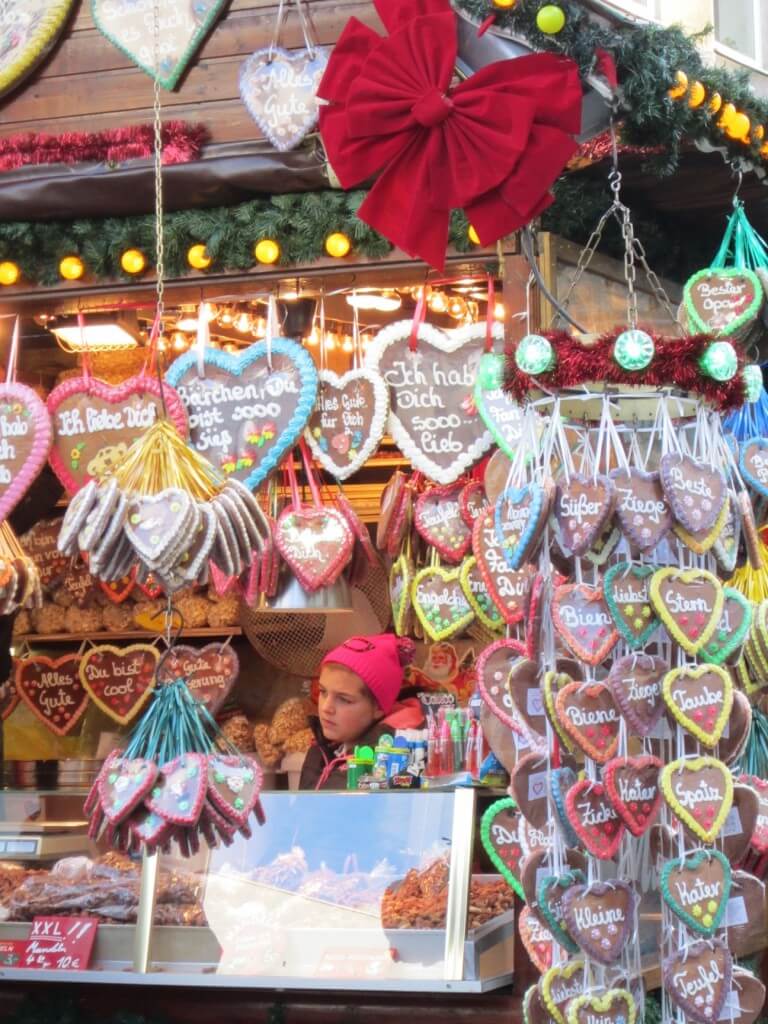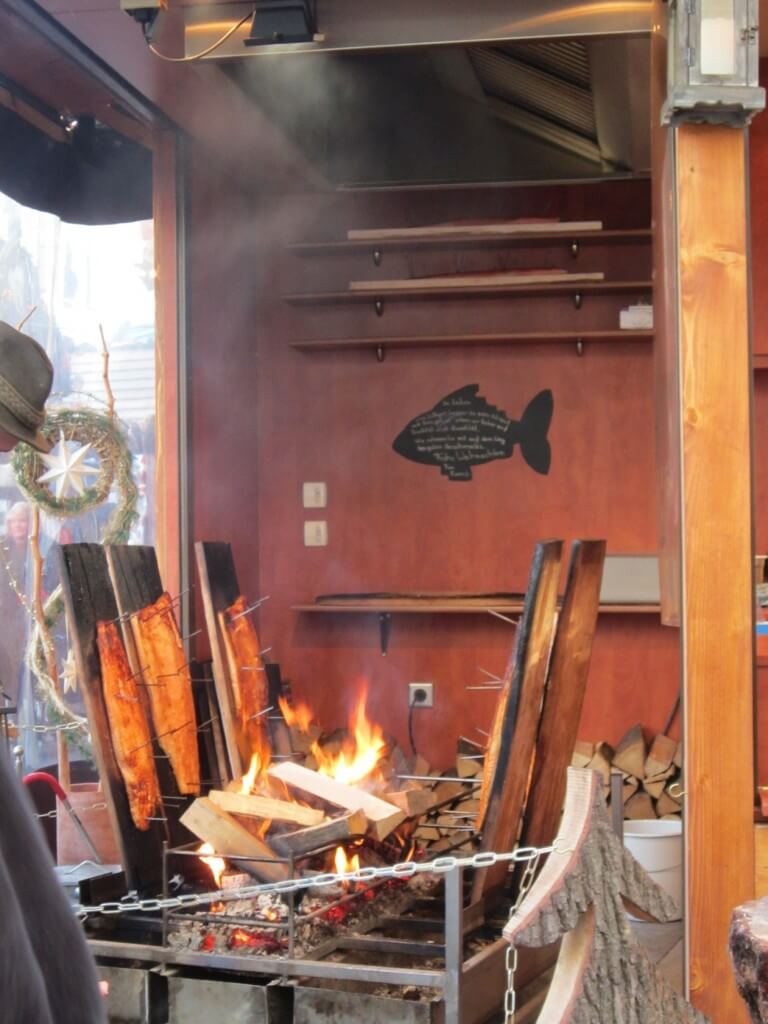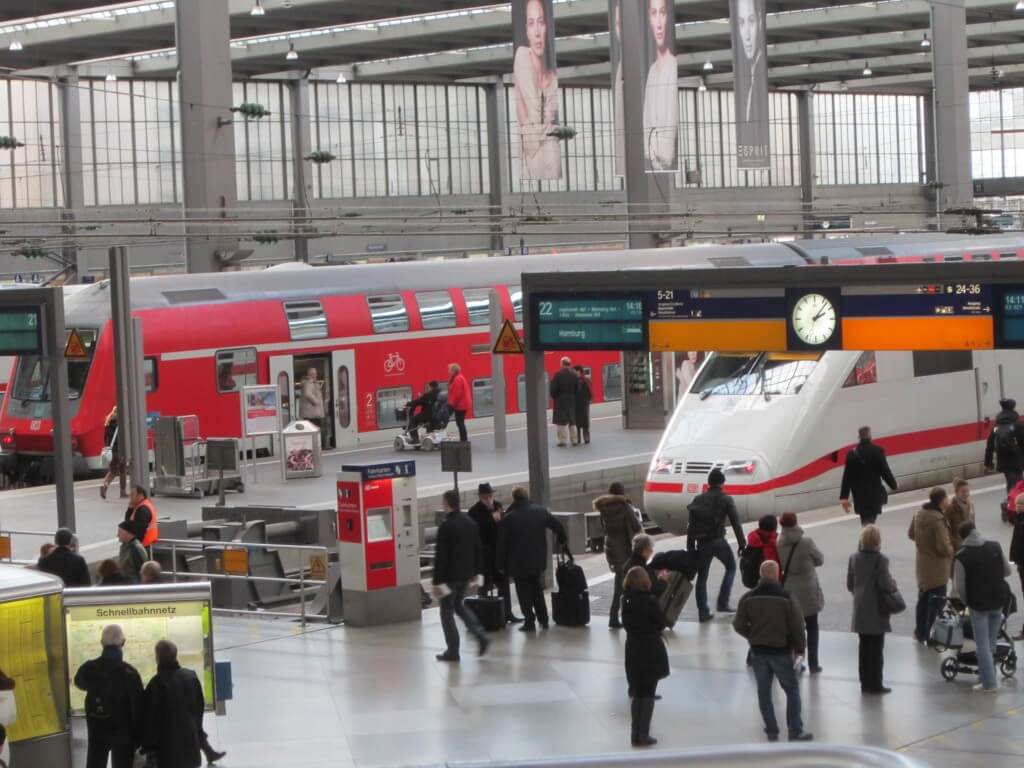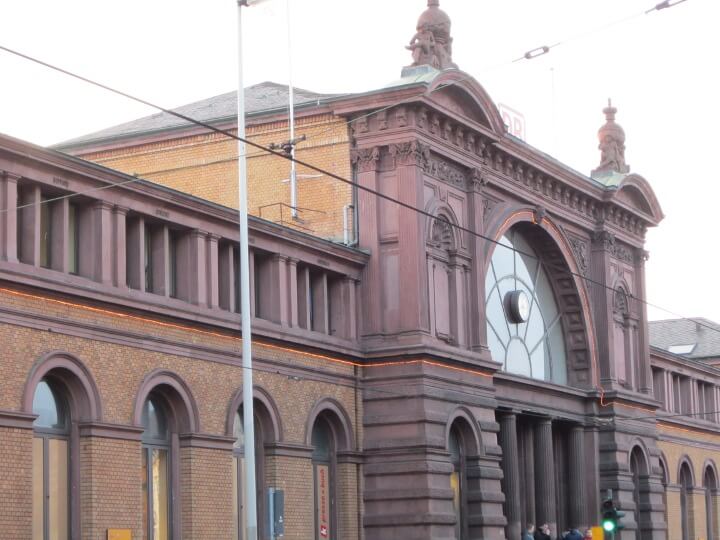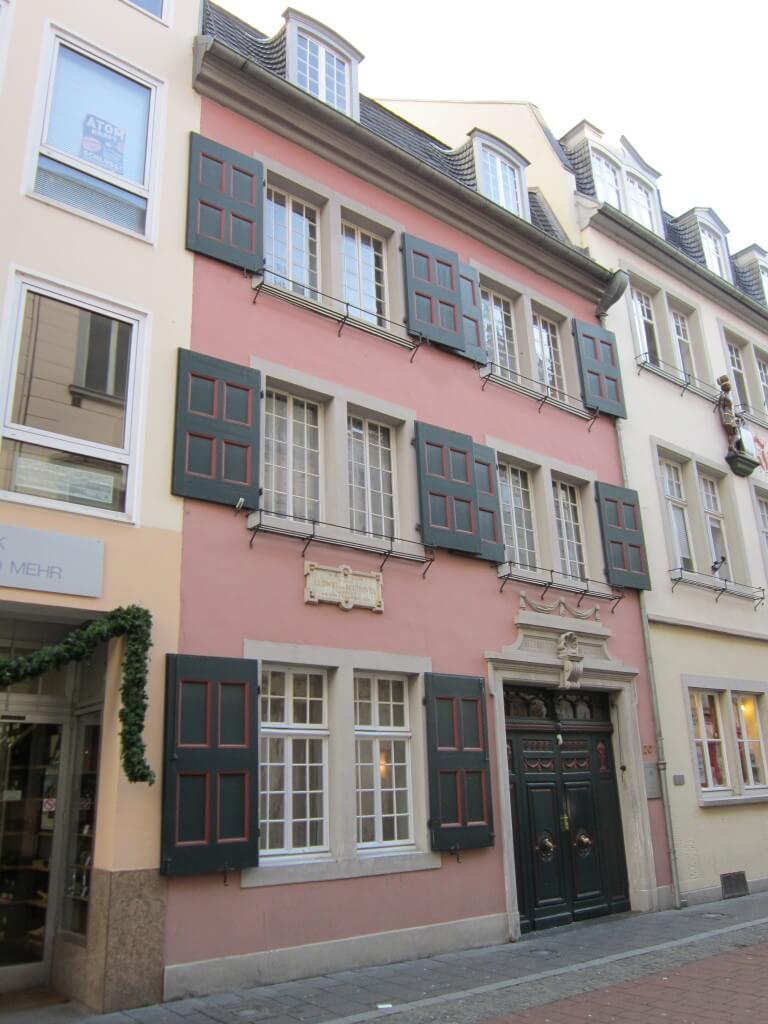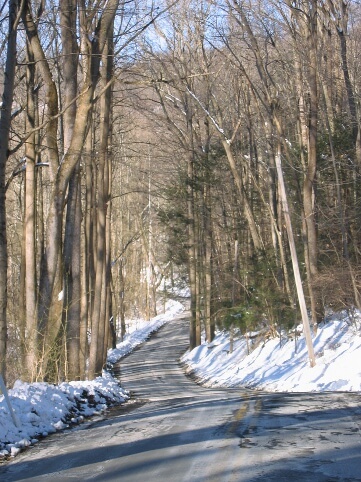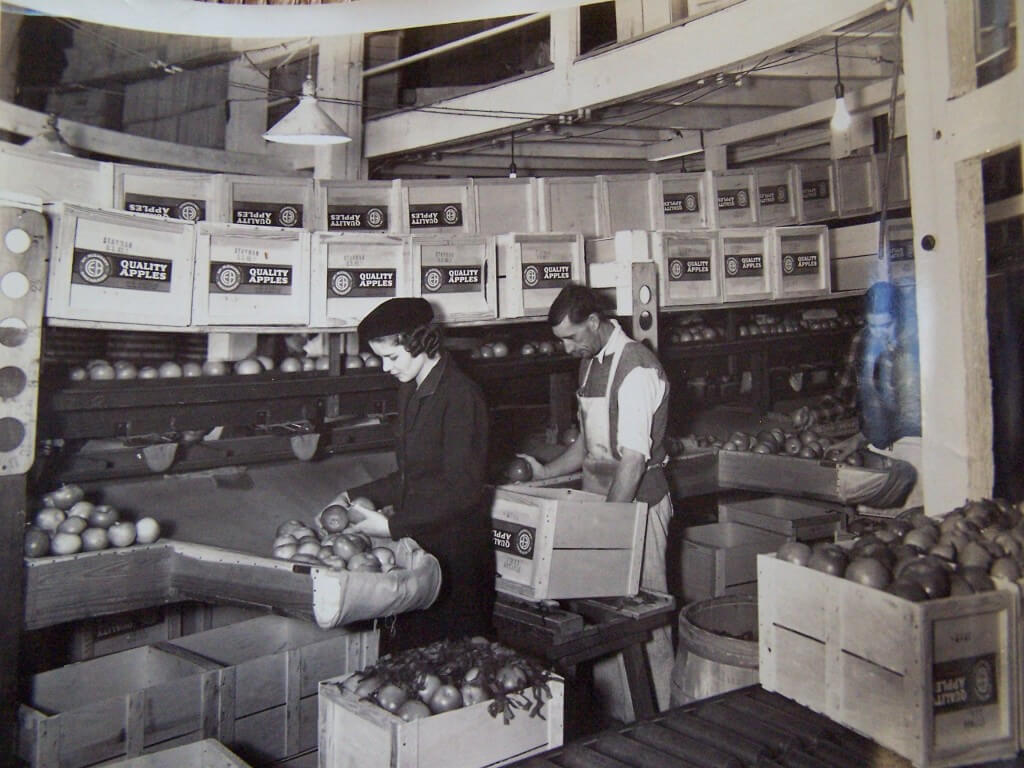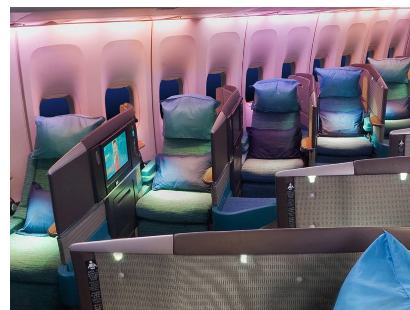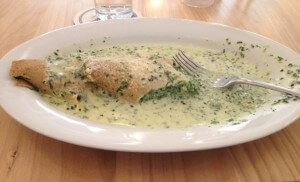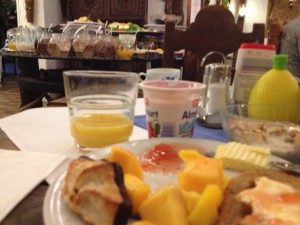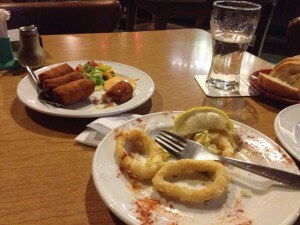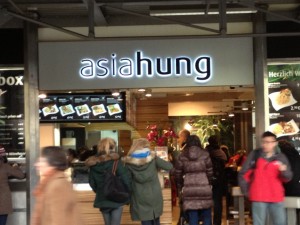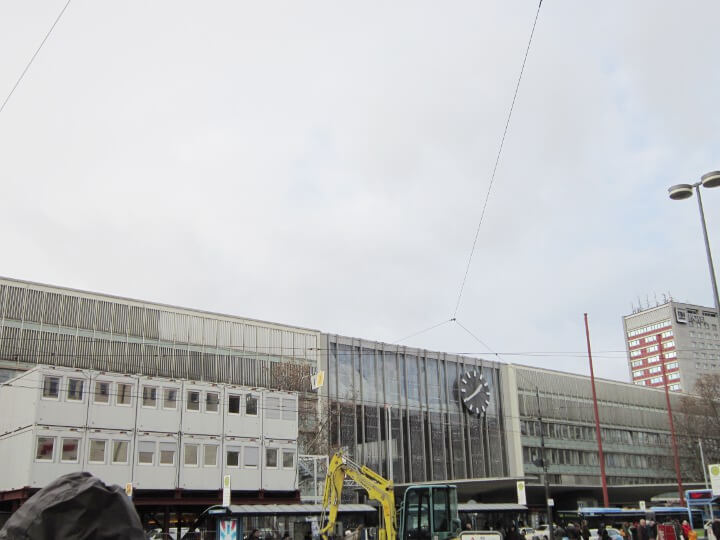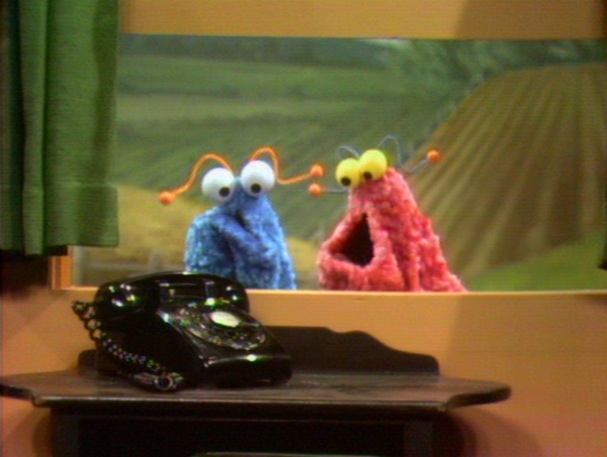I’m one of the lucky ones.
To gain the most entry-level job at most museums, a graduate degree is required. The discipline depends on the work you would like to do. If you want to be a curator in a large urban collection, you probably need a PhD in your specific discipline. You had better be good, in order to get a job. If you want to be a conservator, you have to have significant undergraduate chemistry, studio art, and art history coursework and a pre-program internship before applying for a Masters program in Conservation, which very few US schools offer. Archivists and librarians get MLS degrees, often with concentrations in archives management. Sometimes you can snag an entry level job in administration with an Art History or Communications degree. But for those people who see themselves a museum generalists out there, a Masters in Museum Studies provides (or should provide) comprehensive training in administration, legal and ethical issues, collection care, registration, exhibition development, education and visitor assessment, and rigorous coursework in your area of academic interest. These people are training to be registrars, collection managers, curators in smaller museums, educators, and many ultimately wish to move into the director’s chair.
I attended a respected Museum Studies program of long standing (1976) at The George Washington University. I’ve had more than a few graduates of other schools remark “I wanted to go there.” I was fortunate to do so in the late 1990s, when money was abundant and I received an NEH Fellowship to study Collections Care Administration. Yep, that was the 1990s for you.
Every day I hear of a new Museum Studies program at yet another institution. I caution potential students to strongly evaluate the quality of the program they are considering. Who are the faculty? What is the coursework? What sorts of outreach programs and grants is the program working on, and with what museums are they affiliated? Are those the types of museums with which you would like to be affiliated, or not? How many of their faculty are currently working in the field? Where are their alums today, and is that where you want to be? A lot of graduate students are busy in their careers already out of necessity, but need credentials to get a leg up. A local program can be appealing, but the new student may not be aware that different museum studies programs are more valuable on your resume than others.

Read this book! Get it at spnhc.org.
What to do? Call staff at the type of museum you want to work at and ask them what they think about training and various museum studies programs. It might take them a little time to get back to your phone call, but I think you would find a lot of people willing to speak to you about their experience. A lot of people will feel some loyalty toward their alma mater.
Keep in mind that for everyone in a permanent museum position, there are probably 1-2 other museum professionals working contract work. This can be because of the flexibility contract work offers, but many people work on soft money or temporary positions because there are few permanent positions to be had. Be aware – you may find some sour attitudes. Money and benefits are tight in the non-profit world, and you may find some museum staff directing you to change your career idea. Any input is useful, and it’s worth hearing out what makes the field difficult.
Or ask me – leave me a comment if you have questions about your potential museum career. I don’t have all the answers, but I might be able to suggest something.
 Munich. RL Fifield 2012.
Munich. RL Fifield 2012.
